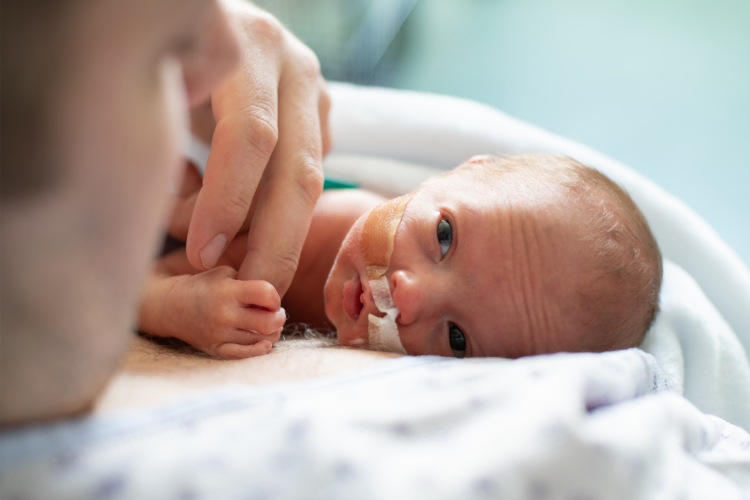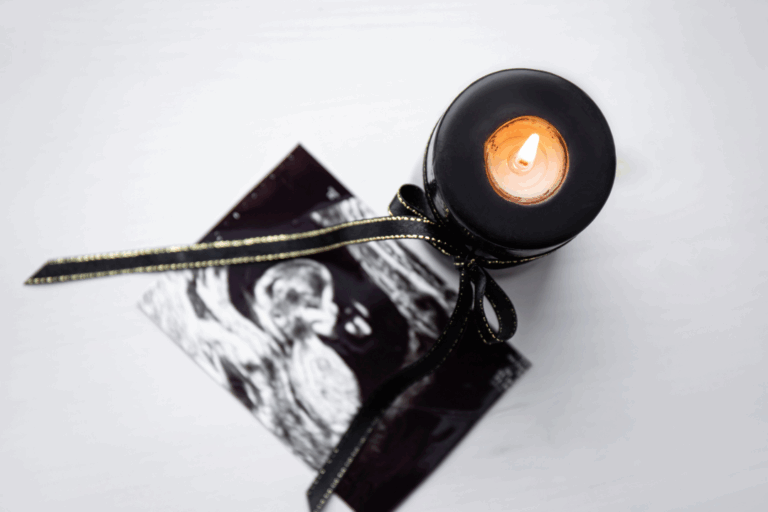Your premature baby’s state and signals are similar to your full-term baby: she can be in deep sleep, light sleep, a drowsy state, calm alert state or active alert state or she can be distressed and crying. Let’s explore how to recognise each state and signal to respond appropriately.
Your Prem Baby’s Sleep State
Deep sleep is essential for your prem baby’s growth and in this state, she will sleep through most noises and sensory stimulation in the neonatal unit. If your prem baby is in a very deep sleep state, try to not disturb her with painful interventions and monitoring as this is a vital time for her growth and development.
Light sleep is the state in which your prem baby will spend much of her day. She is processing the interventions and interactions of the day and is easily woken. This is the state in which she gives you back off signals, such as splaying of fingers and saluting.
Drowsy is a state in which your baby opens and closes her eyes and is responsive to the world. She takes her time in responding and is not learning much from her world but is awake.
Your Prem Baby’s Alert States
For brief periods each day, your prem baby will be in the Calm Alert state. In this state, your baby is breathing smoothly and is settled. She is open to learning from her world. This period is very brief for the prem baby and you will need to watch carefully for her signals. Before 32 weeks, your baby will spend almost no time in the calm alert state and therefore should not be stimulated. The period of Calm Alert gets longer as your baby gets older and you will be able to stimulate her for longer periods of time.
Active alert is the state in which your prem baby is having a hard time regulating her state and is no longer enjoying interaction. Just a small amount of stimulation or interaction is enough to push a prem baby into over-stimulation and the active alert state. In this state, she will be trying to settle herself or protect herself from the interventions.
The crying state is very disorganizing for your prem baby and uses energy she needs for growth and healing. She will experience irregular breathing. Her oxygen saturation levels may decrease. Crying is a stress signal that tells you that your baby has had enough. You need to help your baby to calm down and regulate her state.
The states you most want to encourage are the content deep or light sleep states and the calm alert state as these are the states in which your prem baby grows, has optimal oxygenation levels and begins to interact.
What signals indicate which state your prem baby is in?
Signs that your prem baby is coping:
When your baby is showing signs of coping, she is inviting you to interact with her. This is the time you can use to facilitate your relationship with her, bond and interact with her:
- She is awake and calm
- Her heart rate and breathing are stable and regular
- She has limited body movements
- She looks at you and may focus on your face
- She is pink and her oxygen saturation levels are good
Signs that your prem baby is trying to cope:
Signs that your baby is trying to cope show that your baby is reaching a level of stress and is attempting to self-regulate. These are healthy signals and show that your prem baby is growing up:
- Non–nutritive sucking
- Putting her hands near her face
- Placing her hands under her chin
- Grasping your finger
Signs that your prem baby is stressed:
When your baby is stressed it may affect her on a variety of levels: Firstly, she may not be able to concentrate well enough to keep interacting. Secondly, she may become irritable and fussy and cry or even go into a stress-induced sleep state. Thirdly she may react on a movement level by waving her arms and moving frantically or not moving at all. Fourthly, she may become so stressed that her medical stability is compromised. Obviously, the latter of these effects of stress are the more serious.
When your baby is crying and stressed, she uses energy that otherwise would be used to grow and to keep her medically stable. By watching for stress signals, you can avoid a negative impact for your baby. If you see these signals, communicate it to the team so that an intervention can be paused if she is becoming more stressed:
- She may arch her back and stretch out her arms and legs
- Her heart rate becomes too slow or too quick and her O2 stats decrease
- She may frown, yawn, hiccup or sneeze
- Your baby may become blue around the mouth as her breathing changes
- She may move frantically or look away trying to escape the stimuli




